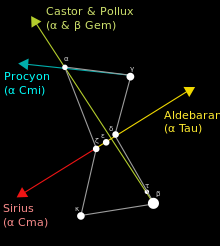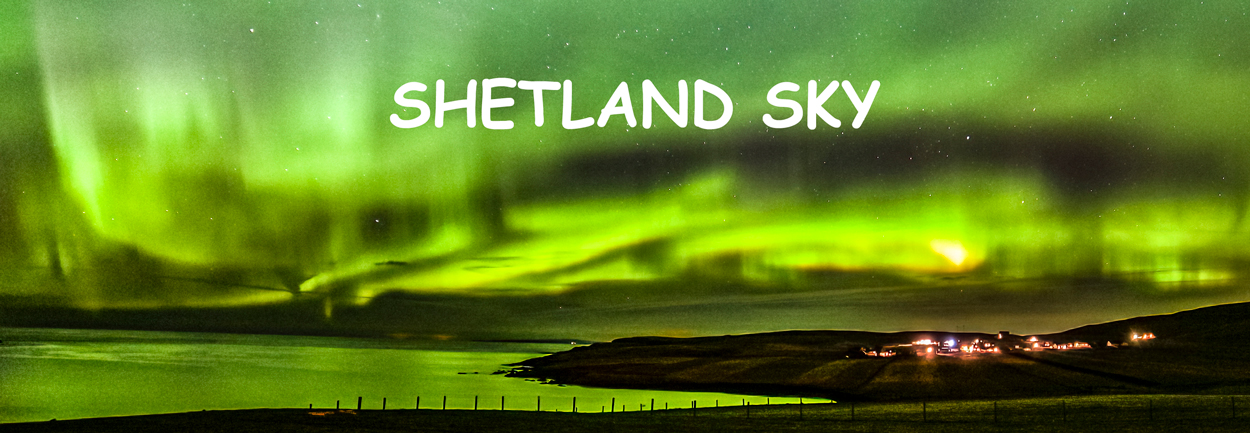Anyone looking up at the night sky to the south cannot fail to see the Orion constellation. It is recognised by the bright stars of Rigel and Betelgeuse top and bottom. The three stars in the middle are know as Orion's belt and looking closely at the three stars the Orion Nebula can be seen lower down on what is named as Orion's sword.
Orion is most visible from January - March in the northern hemisphere, but May - July it cannot be seen as it appears in daylight hours.

Orion can be used to locate other stars, by extending the belt south Sirius can be found and like wise north Aldebaran can be located.
The three stars in the belt are
- Alnitak which is a triple star 736 light years away
- Alnilam is a large blue super giant the 30th brightest star in the sky
- Mintaka is 916 light years away and is the faintest of the three stars
Orion Nebula (Messier 42) is possibly the first deep sky object people want to photograph, after all its easy to find and can be seen by the naked eye. The Trapezium is a cluster of quadruple star system and has many new born stars together with luminous gases and dust make a great object to photograph. It is amazing to find that it is 1,344 light years away and is thought to contain over 1,000 young stars and 700 other stars in various phases.
The first ever photo of Orion Nebula was back in September 1880 when Henry Draper used an 11 inch refractor telescope to take a 51 minute exposure. It was also the first object that the Hubble telescope observed in 1993
the above Nebula photos are 17 images @ 50 seconds guided then combined.








